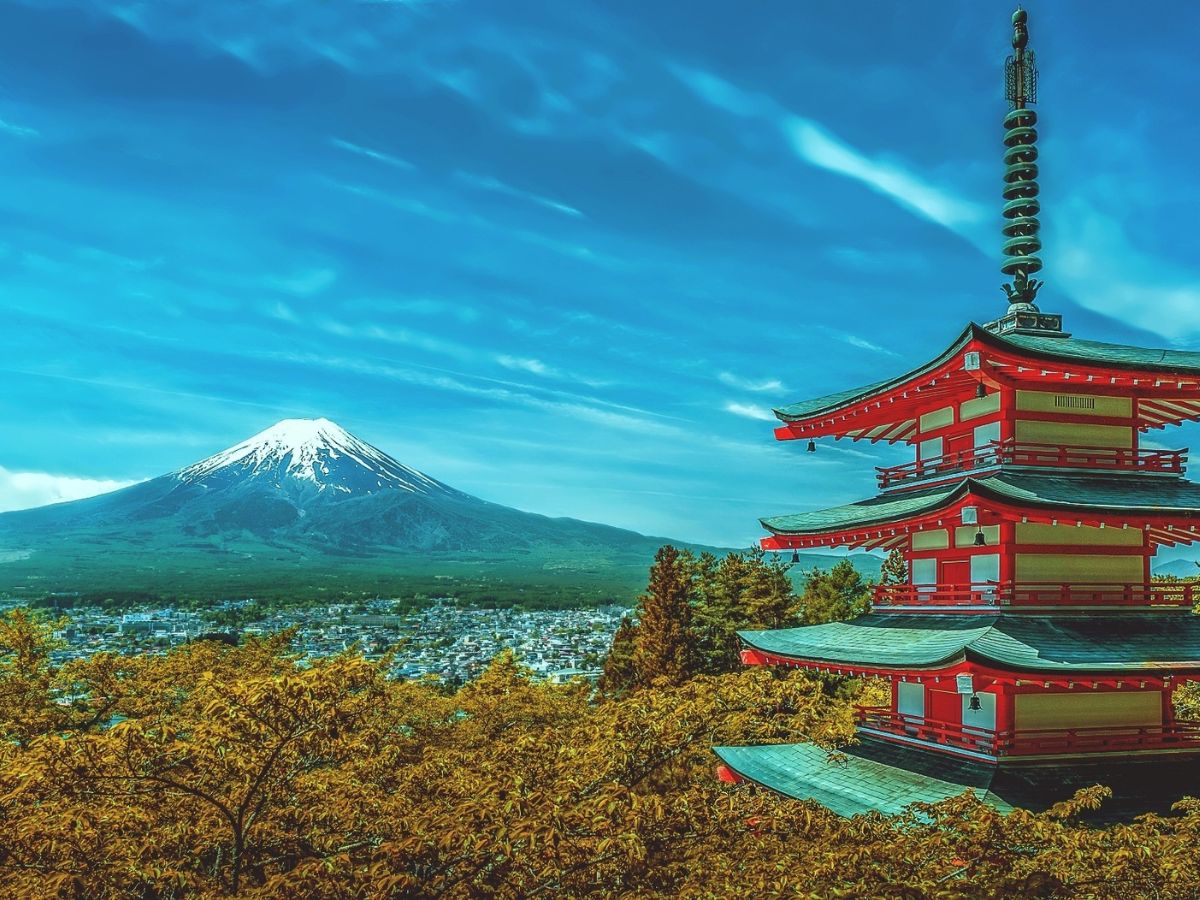The land of the rising sun continues to fascinate visitors with its unique cultural quirks and futuristic cities. Few countries are easier to get around with Japan’s bullet trains, making getting from A to B as straight-forward and fast as could be. Below, we’ll outline one possible Japan backpacking route taking in all of the most popular destinations, most of which have excellent rail links.
Table of Contents
Backpacking Japan – Route Info
TIME NEEDED – 2-3 WEEKS
This itinerary is suitable for anyone backpacking Japan in two weeks at a push, but three weeks would feel more relaxed and allow you to delve a little deeper into each destination. Conveniently, the popular Japan rail pass (AKA JR Pass) is available for 7, 14 or 21 day periods so you easily tailor it to your schedule, although the passes must be used on consecutive days – for example the 7 day pass can be used on any of the first 7 days after it is activated, not any 7 days you choose.
POSSIBLE SHOESTRING BUDGET – £1150 | €1350 | $1400 | 190,000 Yen
The cost of the Japan rail pass for foreigners (as of June 2022) is ¥29650 ($279) for 7 days, ¥47250 ($445) for 14 days and ¥60450 ($570) for 21 days. In truth, there is a debate to be had as to whether the Japan rail pass is worth it and in many cases, it will work out a bit cheaper to just pay for tickets as you go. The JR pass is certainly the most convenient option though and might just prove cost effective if you’re following the Japan itinerary listed below but do plenty of day-trips and perhaps need to get back to Tokyo at the end to catch a return flight.
As of June 2022, there are pretty good prices available on budget accommodation with hostels competing for business as travel slowly picks up after a difficult two years when Japan almost entirely closed its doors to foreign travellers. Budget backpackers shouldn’t struggle to find inexpensive food (providing you like Japanese cuisine) either and roughly $1400 may be a realistic budget for backpackers in Japan spending between 2 and 3 weeks in the country and following the route below. That includes the cost of the rail pass, but obviously doesn’t include any pre-trip expenses such as flights or visas.
VISA REQUIREMENTS
Japan had some of the strictest entry requirements due to Covid-19 and as of June 2022 some restrictions still apply meaning most visitors currently need a visa to enter the country. During normal times, Japan’s visa-waiver program enabled visitors from a large number of countries including all EU nations, the UK, Canada, Australia and the USA to enter for up to 90 days without one. Hopefully this will return soon!
TRAVEL INSURANCE FOR BACKPACKERS IN JAPAN
The cost of travel insurance isn’t included in the budget figures above. You can get a quote in less than a minute from Heymondo who provide well reviewed travel insurance for backpacking Japan and other countries.
JAPAN BACKPACKING JOBS & WORK EXCHANGES
If you fancy a longer stay in Japan, consider doing a work exchange with Worldpackers who have 59 opportunities in the country at the time of writing. These include everything from English teaching posts to hostel and farm work and most will see you get free accommodation and food in exchange for a few days work. You can get $10 off the annual membership fee by using the Worldpackers discount code “MYFUNKYTRAVELWP”.
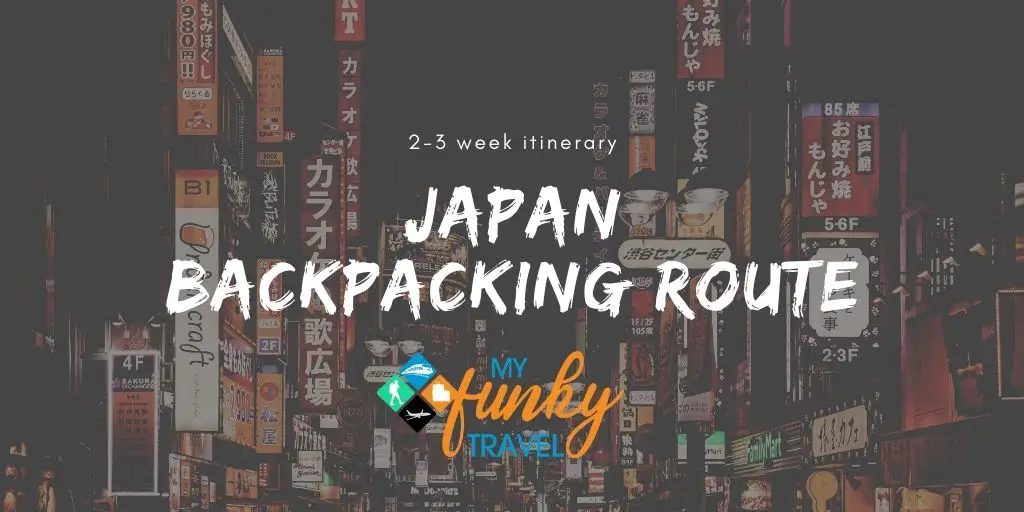
Backpacking Japan by Rail Itinerary
1. Tokyo
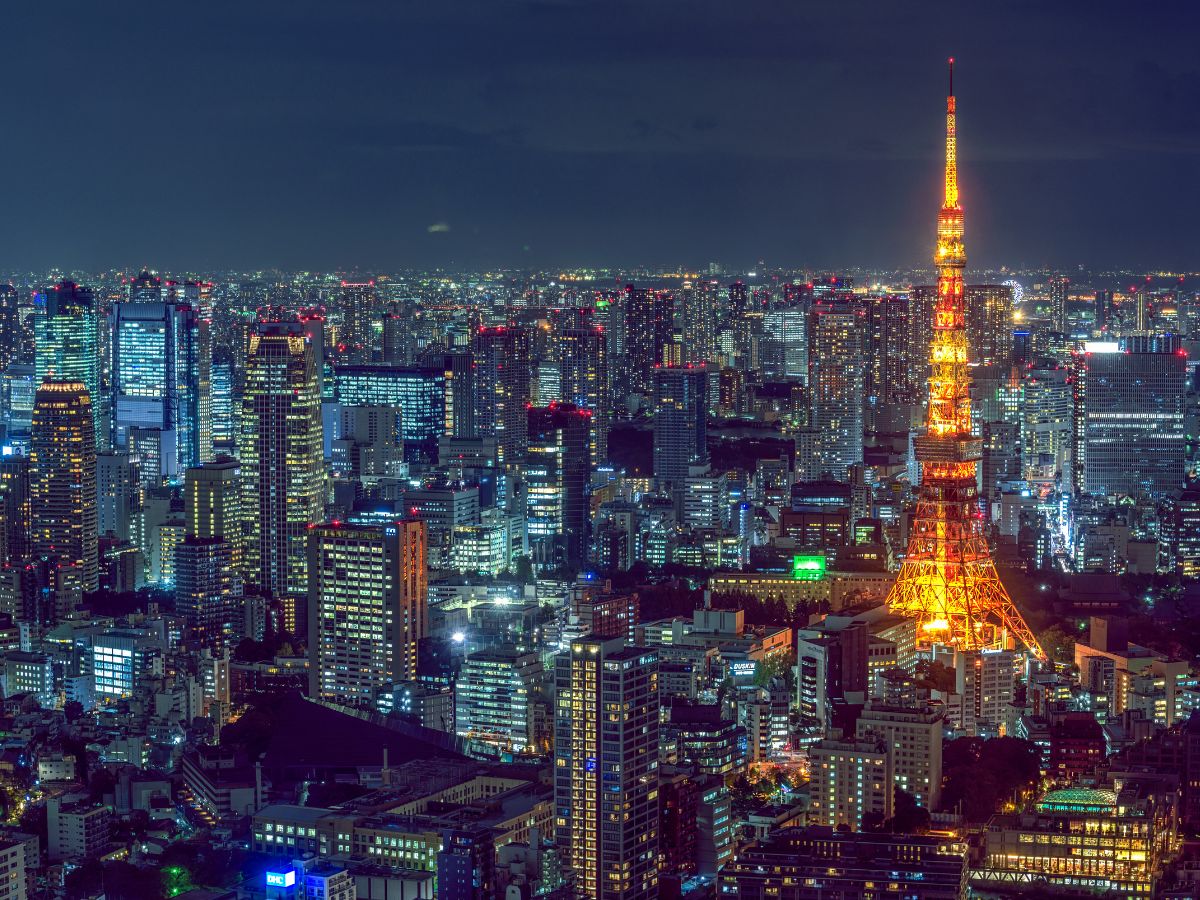
Tokyo is by far the easiest place to fly into and it’s the obvious starting point for anyone backpacking Japan alone or with friends. It’s one of the world’s most populated capital cities with a metropolitan area home to a staggering 37 million people. There is a unique energy to Tokyo and there is no place in the world quite like it.
You will need many days here to even begin to get to grips with it, with a never-ending array of different districts to explore and museums, shrines and gardens to visit. However, to really dig deeper into Japanese culture and the quirkier side to life in Tokyo which makes it so special, you might be wise to ditch the traditional guidebooks and delve into some of the weirder things to do in the city from mario kart races to robot cafes.
There are also loads of daytrips you could potentially do from Tokyo with highlights including Kamakura and Nikko. Overall, it is certainly worth spending more time based in Tokyo than anywhere else in the country.
Train journey from Tokyo to Hakone: Approx 2 Hours (depends on where in Tokyo you’re based)
2. Hakone
If you’re pushed for time, this could also be done as a day-trip from Tokyo, but Hakone is worthy of a stop in its own right. It is perhaps best known for its hot springs and geological activity and offers great hiking opportunities. You can also use Hakone as your base for visiting Mount Fuji, one of the real symbols of Japan. Consider coming to Hakone during the week if possible as it’s very popular as a weekend retreat for residents of Tokyo.
Train journey from Hakone to Kyoto: 3 Hours (Connect to the Tokaido-Sanyo Shinkansen in nearby Odawara)
3. Kyoto
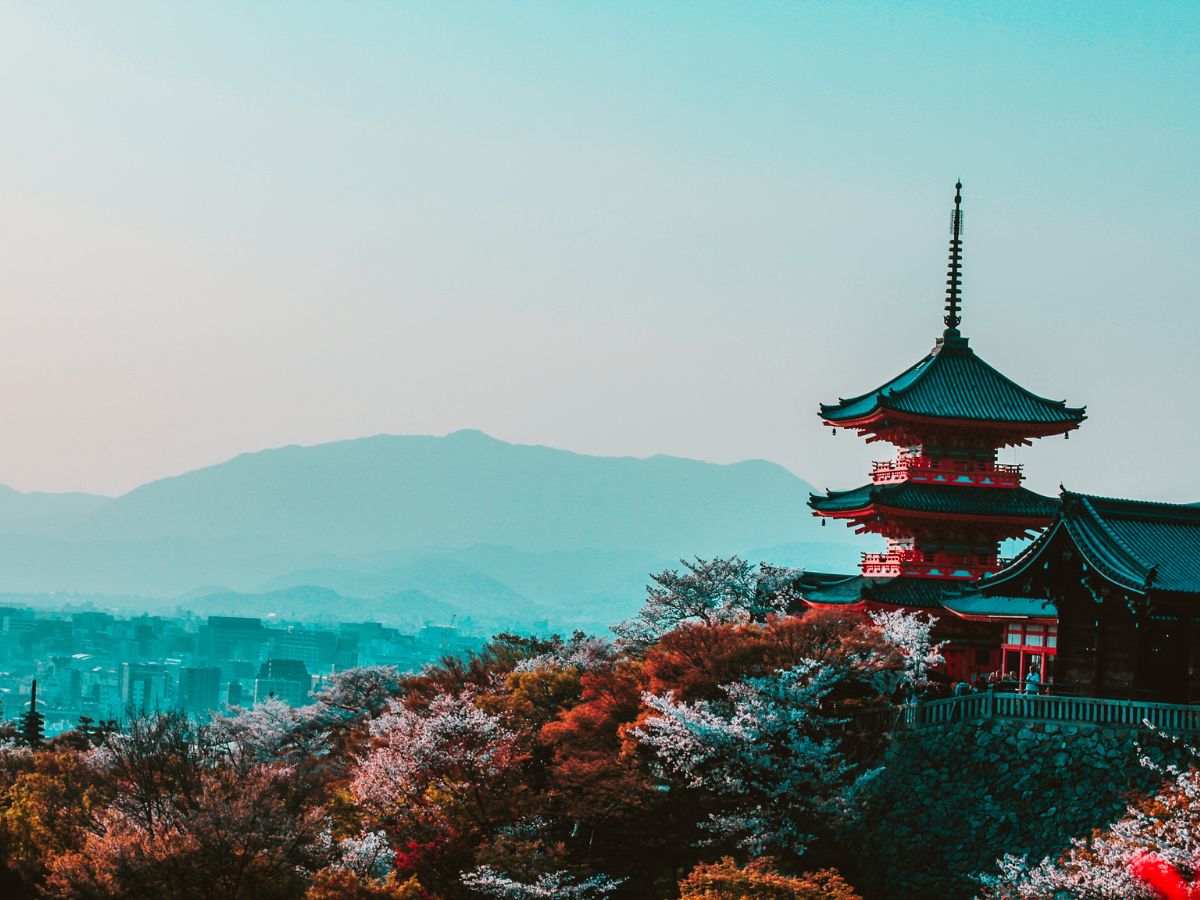
Kyoto is widely considered the other major travel destination in the country along with Tokyo and if you are limited on time, for example if you’re exploring Japan on a budget in 1 week, then you could perhaps focus your trip solely on the two cities with the odd day or half-day trip in the surrounding areas.
Kyoto spent more than a millennium as the capital of Japan and it still feels like its cultural heartland. It is also considered Japan’s most beautiful city with highlights including the ever popular Fushimi Inari-taisha Shrine and the stunning lakeside Kinkakuji Temple. It’s a place to really understand the roots of Japanese culture and the traditional side to the country with the tea ceremonies here among the most popular travel experiences.
Train journey from Kyoto to Osaka: 14 minutes!
4. Osaka
It takes less than a quarter of an hour to travel the 60 km from the heart of Kyoto to the neighbouring city of Osaka on the Shinkansen but there’s a very different experience to be had in Osaka, Japan’s 3rd largest city and biggest outside of the Tokyo area. Known for its street food and nightlife, Osaka is a vibrant place and a massive shift back into the 21st Century from Kyoto.
Osaka is full of shopping malls, markets, streets and underground passageways with its centre having a very commercial feel. There is a rebellious streak to Osaka though which also distinguishes it from Tokyo and it’s certainly worth a visit in its own right, although clearly you could just visit here from Kyoto if you’re seriously pushed for time.
If you are more interested in ancient Japan, consider doing a trip out to the temples in Koyasan, located around 2 hours 15 minutes to the south of Osaka by public transport (various connections needed).
Journey from Osaka to Naoshima: Approx. 3 Hours (Take the bullet train to Okayama, change for a train to Uno Station & there connect to the 20 minute ferry to Naoshima)
5. Naoshima & Teshima Islands
Along with Inujima, which may be worth a visit if you have an extra day, Naoshima and Teshima are known as Japan’s art islands thanks to their impressive modern outdoor art installations, architecture and unique sculptures. Highlights include the Chichu Art Museum and Art House Project and it’s certainly a place not to miss for modern art lovers.
Naoshima is the busier island and your best bet for finding budget accommodation so base yourself there and visit Teshima by taking one of the morning ferries.
Journey from Naoshima to Hiroshima: Approx. 2 Hours 45 Minutes (Follow your steps back to Okayama Station and connect to the bullet train on to Hiroshima)
6. Hiroshima
Hiroshima is one of Japan’s best known cities internationally, although for mostly the wrong reasons after it was largely destroyed at the cost of huge human life in 1945 by a US atomic bomb. The Hiroshima Peace Memorial Park commemorates the event and is an essential visit while the Atomic Bomb Dome highlights just how destructive the attack was.
These days, Hiroshima has developed into a thriving, modern city and although short on other sites of genuine interest, it’s a fun and friendly place to hang around for a couple of days. Many Japan itineraries also include a trip out to nearby Miyajima island, known as the Island of the Gods and only around 30 km from the centre of Hiroshima.
Train journey from Hiroshima to Fukuoka: 1 Hour
7. Fukuoka
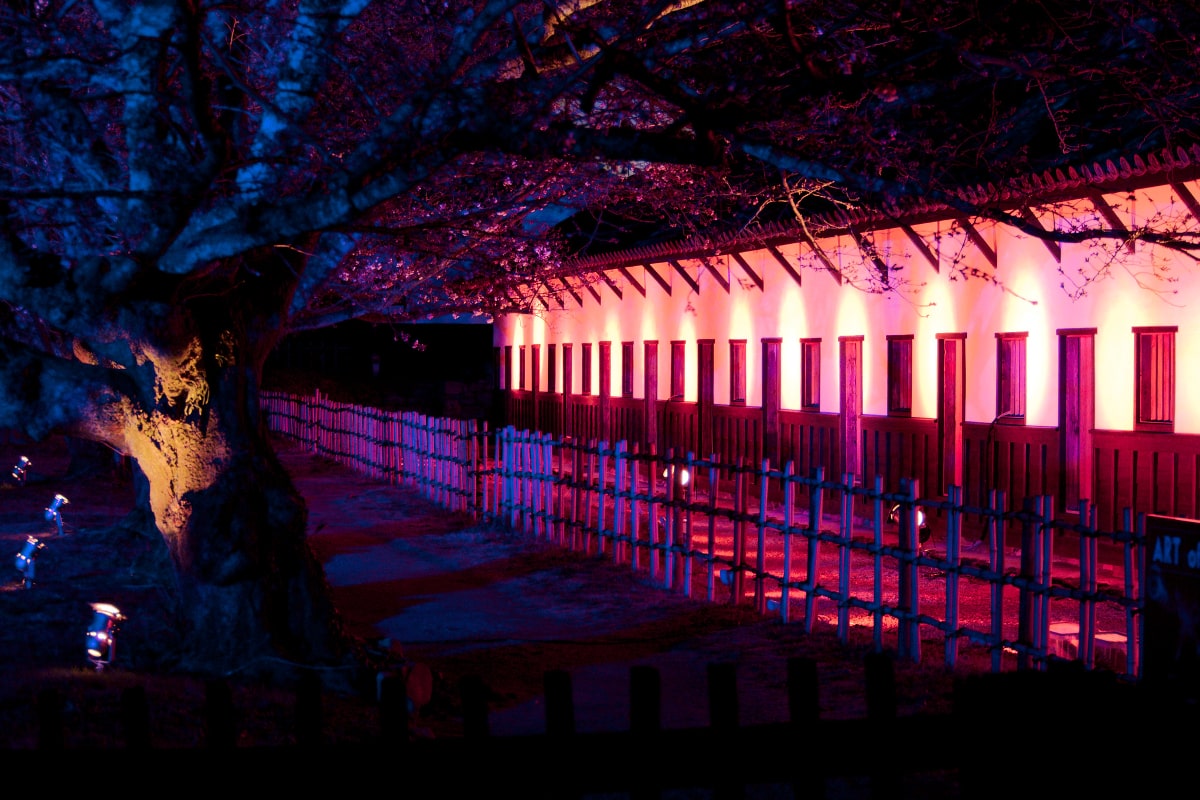
While it barely takes an hour to get to Fukuoka from Hiroshima, it’s nearly 300 km away including a hop over onto Kyushu, the southernmost of Japan’s major islands. Fukuoka is not really on the Japan tourist map as such and could be skipped if you’re pushed for time, but it’s a nice place to end your trip with a warmer climate, beaches and the popular Uminonakamichi Seaside Park among its charms. It’s also known for its ramen so lovers of Japanese cuisine should enjoy it here.
Japan Map & Itinerary Overview
While you do cover quite a large amount of Japan, you will be doing so on some of the fastest trains in the world so you won’t lose much time to getting from A to B. That’s really what makes Japan so good for backpacking, with the high cost of travel the main downside.
There are plenty of other Japan train routes you could follow of course, but the one outlined in this post is a fairly common itinerary with Tokyo, Kyoto and Hiroshima featuring in just about every Japan backpacking route for first time visitors to the country.
It’s worth noting, that even if you will spend more than two weeks in Japan in total, it may be cost-effective to do the 14 day JR rail pass and start on the day you leave Tokyo unless you are doing a few longer day-trips from the capital that will also require the train. However the 21 day pass is not much more expensive and would make your life a bit more convenient on arrival and departure given the pass is also valid on Narita Express trains which serve the greater Tokyo area including both Narita and Haneda Airports, two of the busiest airports in Asia.
Japan Backpacking Route – How long to spend in each place?
| Order | Destination | Suggested Time |
| 1 | Tokyo | 4-6 Days |
| 2 | Hakone | 1-2 Days |
| 3 | Kyoto | 2-4 Days |
| 4 | Osaka | 2-3 Days |
| 5 | Naoshima (& Teshima) | 2 Days |
| 6 | Hiroshima | 2-3 Days |
| 7 | Fukuoka | 1-2 Days |
This is just designed as a guide and this Japan itinerary could and probably should be tailored to your interests and the amount of time you have for the trip. For example Tokyo-Kyoto-Hiroshima would make a pretty comfortable 10 day itinerary and you could easily fit in day trips to Hakone and Osaka if they appeal too.
If you’re not particularly into modern art, then you may find more interesting destinations than Naoshima and Teshima. Nature lovers for example could instead head into the mountainous region west of Tokyo and visit Takayama, Shirakawa and Matsumoto en-route to Kyoto. Some of those destinations are harder to reach though and may require slower bus services.
Each person’s idea of how to backpack Japan will be different. The north of the country is less visited and does get bitterly cold in the winter but there are also some incredibly beautiful places while the northern city of Sapporo is famous for its beer, skiing and wonderful Snow Festival.
At the other end of the country, the southern islands of Yakushima and Okinawa are also worth considering if you have 1 month for backpacking Japan, although you may need to take a flight or at least a long ferry or two.
You may also want to check out our Far East travel blog for some more ideas for travel in the wider region.
Check out all our Asia backpacking routes!
SE asia | thailand | myanmar | vietnam | laos | indonesia | cambodia | philippines | india | taiwan | sri lanka | japan | malaysia
This post was published in June 2022.

